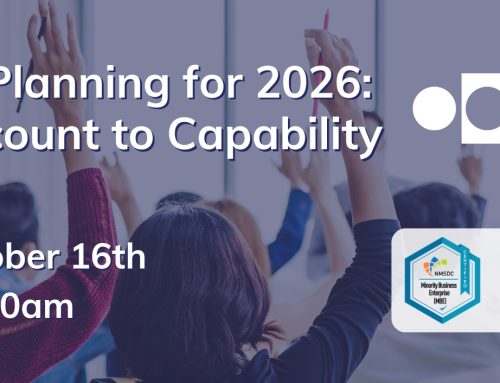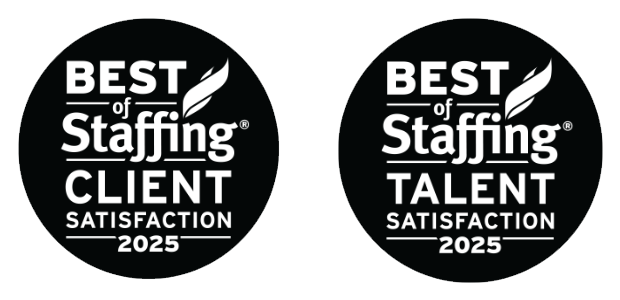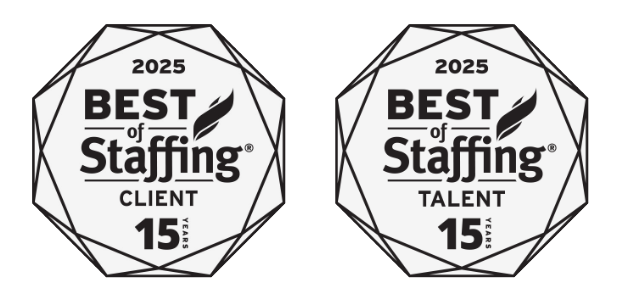On October 16th, we're bringing together powerhouse leaders from private equity, financial services, and emerging growth companies to discuss a topic that every business leader wrestles with: how to plan and justify human capital investments when every dollar counts.
Our panelists, two HR leaders from investor-backed organizations and two CFOs leading high-growth companies, will share real-world insights on building the business case for talent investments, aligning them with strategy, and ultimately delivering measurable ROI.
As someone who has spent 29 years in human capital leadership, I've seen countless great ideas falter, not because they lacked merit, but because they weren't positioned effectively within the budgeting and planning process.
Why Good Ideas Die in the Budgeting Process
I went to lunch with several CEOs in August where we discussed challenges, investments, and business in general. One experienced CEO, summed it up perfectly:
"It's like dumping a pile of pennies in the middle of the table. The question is, which pennies can we turn into nickels, dimes, and quarters?"
That's the reality of business today. Even smart investments sometimes get retired because organizations lack the bandwidth for change management or user adoption. Sometimes the timing isn't right. Sometimes the ROI is hard to quantify. And in a world where every investment has a counterweight in expense reduction, even strong proposals face uphill battles.
This is especially true in private equity–backed environments where speed, efficiency, and returns drive decision-making. Investors expect leaders to present well-thought-out plans with clear financial outcomes, not just good intentions.
Best Practices for Building the Business Case
Research from SHRM, HBR, and Deloitte (+ some real-world, firsthand experience) points to several best practices for leaders building human capital investment proposals:
- Align with Strategy First
-
- HR investments must directly tie to business strategy, whether that's scaling operations, driving innovation, or improving retention.
-
- According to HBR, organizations that link workforce planning directly to corporate strategy are 3x more likely to achieve financial success.
- Quantify Everything (Even What's Hard to Measure)
-
- Deloitte suggests leaders frame ROI not just in dollars, but in metrics like productivity gains, reduced turnover, faster time-to-fill, or improved employee engagement scores.
-
- For example, reducing turnover by 10% might save millions in recruiting and training costs annually.
- Pilot, Prove, and Scale
-
- SHRM highlights the power of pilot programs to demonstrate value before requesting full funding.
-
- A small-scale success story makes it easier for CFOs and investors to greenlight broader implementation.
-
- Fire bullets before cannonballs – As Jim Collins puts it, "bullet, bullet, cannonball." Start small with low-cost, low-risk experiments. Once the data proves the concept works, that's when you invest heavily. Swinging for the fences with an untested idea may sound bold, but investors want evidence before making a big bet.
- Consider Change Management Capacity
-
- Even great ideas fail if organizations can't absorb the change.
-
- Leaders must factor in user adoption, training, and communication plans as part of the investment case.
- Retire Investments Strategically
-
- Not every initiative is meant to last forever. Sometimes retiring a program creates the bandwidth and focus for the next big idea.
A People-First Lens
At its core, every financial model, every strategic plan, every operational pivot rests on people. They are the ones who execute the strategy, deliver the customer experience, and innovate for the future.
The October 16th panel will explore how leaders can build stronger, more financially sound business cases for investing in people, ensuring that talent decisions aren't just expenses on a spreadsheet, but levers for growth, profitability, and long-term value creation.
Because when we turn the right pennies into quarters, everyone—from employees to investors—wins.
About Advanced Resources
Advanced Resources partners with leading organizations providing solutions and staffing services to address specific challenges directly impacting human resources and accounting & finance.
Over the past 30+ years, Advanced Resources has been recognized as a perennial Top Workplace while helping clients secure the best talent to meet their strategic goals.
The team of Advanced Resources is comprised of accomplished industry professionals that understand people are the heart of all organizations. Advanced Resources offers a personalized approach and proven processes to help with strategy execution.
To learn more, visit www.advancedresources.com, subscribe at AdvancedInsights, or follow us at AdvancedResourcesLinkedIn.









